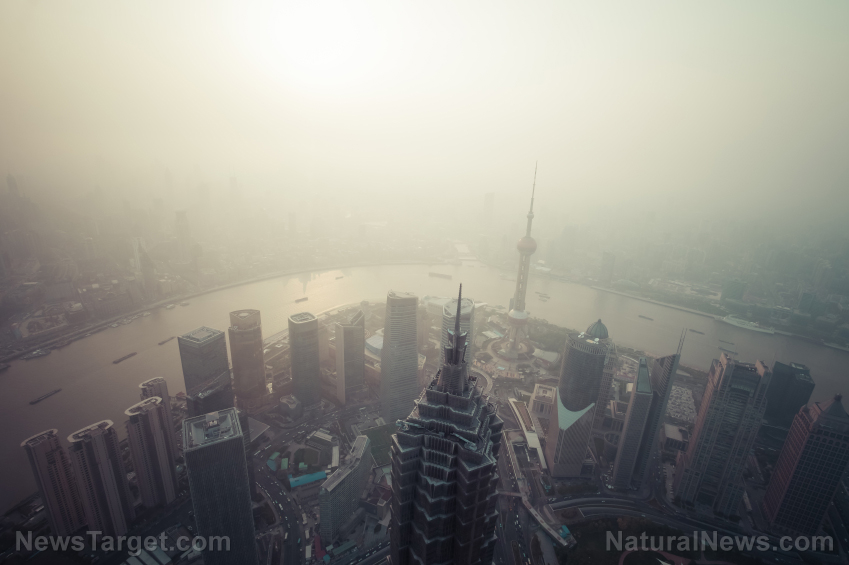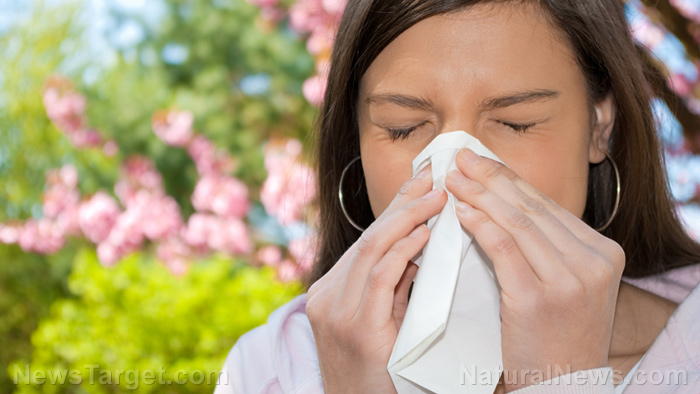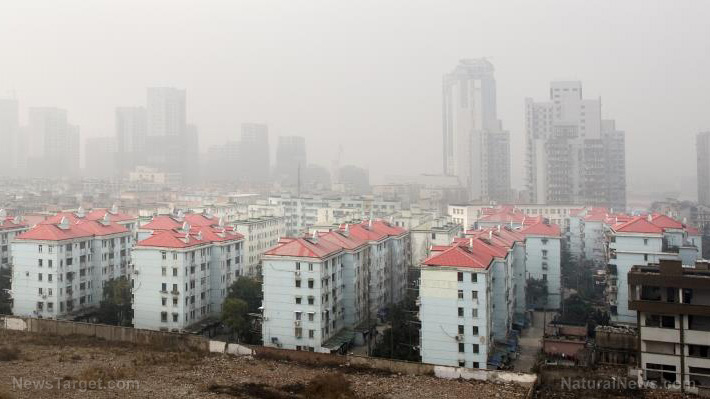
Aerosol pollution, human health and agricultural productivity
According to a study published in Environmental Research Letters, China's strategies to improve air quality and reduce pollution-related health risks for the past decade has caused warming in areas across the northern hemisphere.
Aerosols are tiny particles sent into the atmosphere by geological phenomena, like volcanos, or different human activities, like burning coal and wood. Aerosol pollution negatively affects air quality and can damage both human health and agricultural productivity.
Aerosols emitted during a volcanic eruption can cause global temperatures to drop, aerosols from human activity may have a cooling effect on the climate. While greenhouse gases cause global warming by trapping heat in the atmosphere, aerosol particles can make sunlight reflect away from the planet, either directly or by interacting with clouds.
Yixuan Zheng, the study's lead author from the Carnegie Institution for Science (CIS), explained that aerosol pollution might be masking some of the effects of global warming.
Between 2006 and 2017, China enforced clean-air policies to protect the public from the adverse effects of aerosol pollutants like sulfate, a cooling agent. The good news is, these strategies may have helped saved at least half a million lives annually. (Related: Breath of life? Scientists claim that air pollution could age your lungs by two years.)
Zheng worked with Ken Caldeira, also from CIS, Steven Davis and Dan Tong from the University of California Irvine, Qiang Zhang of Tsinghua University to find out how these aerosol reductions are linked to the global climate.
The researchers applied a sophisticated model based on atmospheric and oceanic systems over 100 years for the study. Findings showed that China's pollution-reduction policies could have unmasked about 0.1 C (0.2 F) of greenhouse-gas-induced warming throughout the northern hemisphere, affecting more than just China.
The scientists advised that even though aerosol emissions were significantly reduced in China for the last 10 years, air pollution in the country is still a major concern.
Until 2017, 64 percent of prefecture-level cities in China didn't meet the national annual standard for particulate matter (PM) 2.5. Doing so requires stricter emission control policies in China to improve air quality and reduce public health risks.
According to Caldeira, health risks linked with particulate pollution “are very serious and mitigation efforts are unquestionably a good thing.”
He added that it's also crucial to determine “how ongoing and future efforts to improve air quality will create additional challenges in the international fight against climate change.”
Understanding aerosols and preventing aerosol pollution
The word "aerosol" refers to the particles themselves, which can also go by different names. Toxicologists categorize aerosols as ultrafine, fine, or coarse matter. Regulatory agencies and meteorologists often refer to aerosols as particulate matter (PM2.5 or PM10, depending on their size).
In engineering fields, aerosol are called nanoparticles whole the media will use common terms like ash, smoke, or soot when talking about the aerosol sources.
Climatologists often label aerosols based on their chemical composition and key groups include black carbon, mineral dust, nitrates, organic carbon, sea salt and sulfates.
The negative side effects of aerosols
Aerosols are air pollutants, and they have been linked to the premature deaths of millions of people yearly. Aerosol can damage lungs, and they can even enter the bloodstream.
Additionally, living within a third of a mile from a motorway is linked to a two percent reduction in lung capacity. In April 2019, researchers reported that, worldwide, the number of early deaths caused by air pollution was twice the previous estimates.
In a study published in the European Heart Journal, the total is 8.8 million a year, suggesting that exposure to toxic air is deadlier than smoking. Even tiny particles are linked to the worst health effects, with exposure being a key factor.
In a London study, scientists discovered that walking beside the road on the pavement or walking on the building's side of the same pavement affected their nanoparticle exposure. For the former, passersby were exposed to 163,000 particles per cubic centimeter while the latter was only exposed to 33,000 particles per cubic centimeter.
This suggests that you can inhale five times the number of nanoparticles the closer you are to traffic.
Aerosols and indoor pollution
Aerosols can also be found indoors, even in your home or office. Factors like building materials, building ventilation, how you heat and cook at home, the chemicals you use to clean and room temperature can influence indoor air quality.
Even if your city enforces stricter regulations on vehicles to reduce traffic emissions, urban air pollution can still come from many sources like perfumes, paints and household cleaners.
Follow the tips below to reduce aerosol pollution indoors:
- Replace cleaning products full of chemicals with DIY versions using non-toxic ingredients such as baking soda, vinegar and water.
- To avoid chemical-heavy products, look for those labeled hypoallergenic because they have lower levels of volatile organic compounds (VOCs).
- Avoid sprays. Instead, use solid or liquid cleaning products, so you don't breathe in any harmful particles.
- Keep your home well-ventilated. Open all windows for at least 10 minutes daily to refresh indoor air. Always open a window when cleaning or decorating.
- Grow house plants that help naturally purify the air in your home.
- If you're cooking with gas or electricity, which can release aerosols, make sure your kitchen has a chimney or other ventilation.
- A certified engineer must regularly maintain all gas appliances.
- Place extractor fans over your gas stoves and ranges and always use them when cooking.
- Install smoke alarms and carbon monoxide detectors. Check the batteries regularly.
Visit GreenLivingNews.com for more articles on how to improve air quality in your home.
Sources include:
Please contact us for more information.























